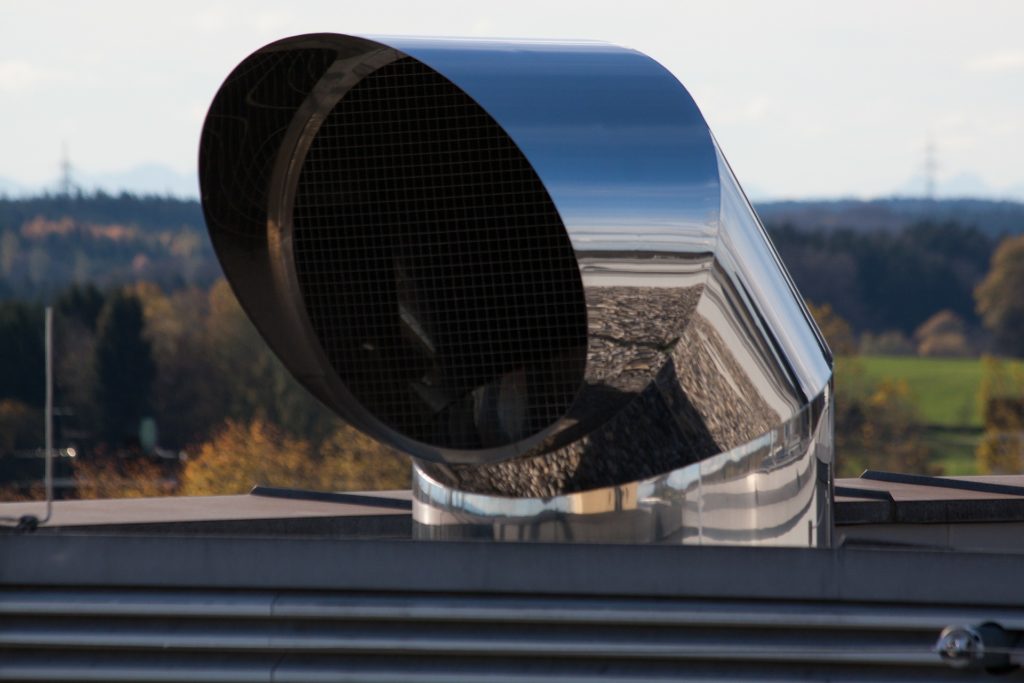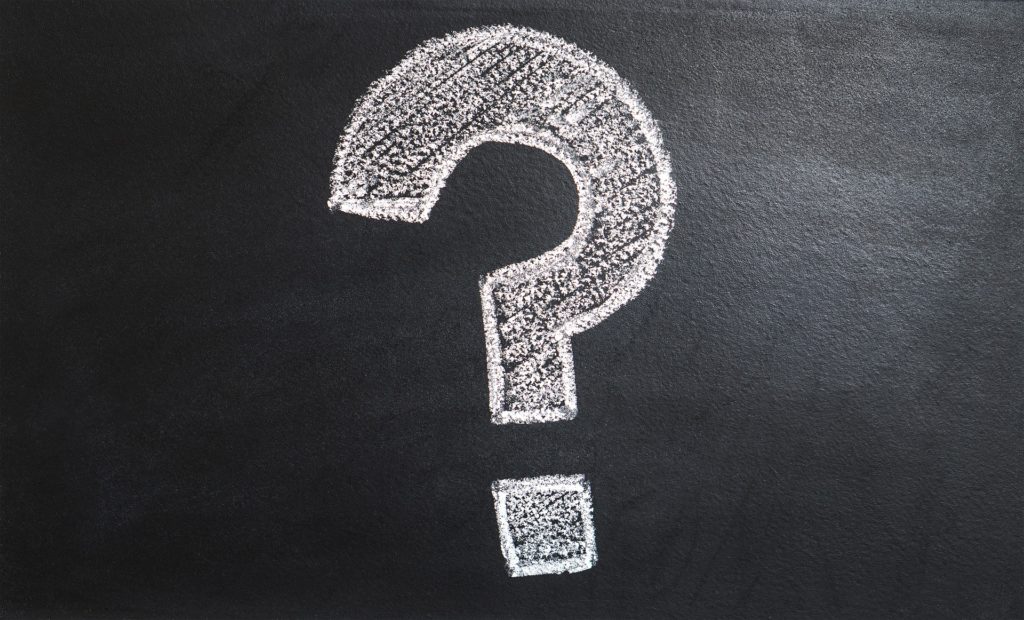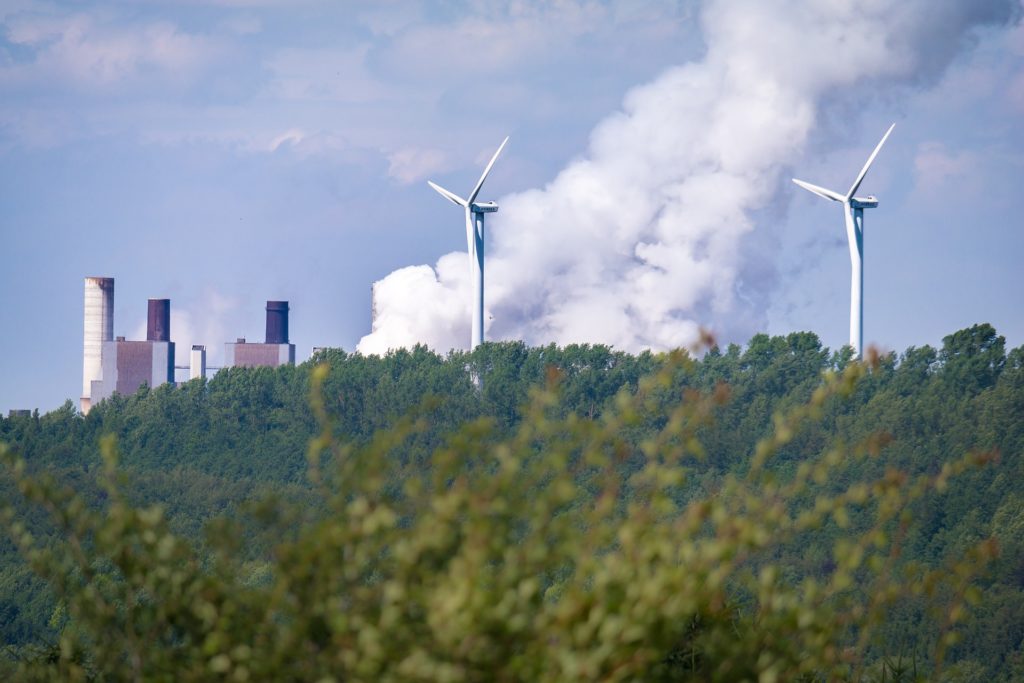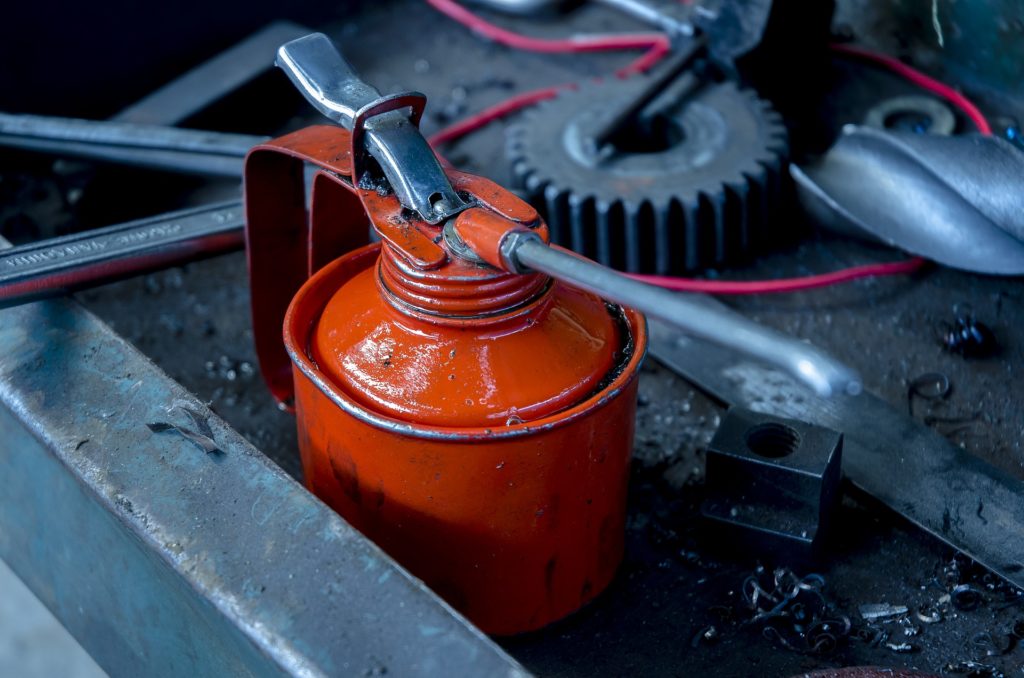
Water, oil and dust particles are all classified as contaminants. If these particles are present in compressed air, they can drastically reduce the service life and functionality of a system and its components. Moreover, contaminated compressed air is highly likely to compromise the quality of your products if it comes into contact with them. To improve both the quality of the products and the production process, you’ll need to ensure that the air preparation is done properly.
In this article, we will explain why it’s important to hire an expert to remove these contaminants from your compressor system. This will not only prevent these particles from impairing productivity and energy efficiency but will also help in extending machinery life.
We will also outline the types of air filters and air treatment products that are available to you.
Why Is Compressed Air Filtration Necessary?

We mentioned above that there are particles that can contaminate compressed air. These particles include dirt, water, oil and heavy metals such as cadmium, lead, and mercury.
If these contaminants are not filtered out, they will affect other components in the system. Components like valves and cylinders may end up having shorter lifespans because of poorly prepared compressed air. To prevent the contamination of control valves, to stop seals from swelling and to reduce the risks of premature wearing and tearing, it is essential to ensure that the compressed air is filtered correctly.
Filtering compressed air will not only reduce maintenance costs but also decrease machine downtime and increase productivity.
What are the Main Contaminants in Compressed Air? How Are They Removed?
Contaminants can originate from the ambient air supply or from the system itself. Different impurities affect the compressed air system differently. Below is a list of the most common types of pollutants found in compressed air:
1. Vapors

Vapor forms in the compressed air system when lubricants or any other liquid in the system evaporate and turn into a gas.
How are they removed?
Vapors are removed through a process called adsorption. It involves the use of a special carbon activated filter that helps bond the vapor with the surface of the media (adsorbent). This activated charcoal filter needs to be changed regularly.
2. Aerosols

Aerosols are by-products of lubricants, such as oil. Consisting of small droplets of liquid, not only do aerosols damage products but they can also be harmful to people.
How are they removed?
The process used to remove aerosols is called coalescing. This type of filter brings small droplets of liquid together to form larger droplets which will then fall into a moisture trap.
3. Particulates
The term ‘particulates’ is used to refer small pieces of solid material such as dust, dirt, loose metal particles and pollen.
How are they removed?
There are three ways of removing particulates:
- The first one is called inertial impaction and involves trapping heavy particles that travel in the airstream in the fiber media.
- The second one is called interception and is the process where smaller particles that follow the airstream gets caught by a filter media.
- The last process is called diffusion and it takes care of small particles that do not follow the airstream but instead move erratically.
Maintaining Filter Elements
You cannot have a properly functioning system without first ensuring that all its components are adequately maintained and serviced. And there are two ways to make sure that the filters are well maintained and operate efficiently:
1. Replace the filters periodically.
You can have an air compressor supplier replace the filer components twice per year as a preventive measure.
2. Using differential pressure sensors
There are different types of pressure sensors that you can have installed. You can choose to get a filter that has a visual indicator already incorporated in it or get an electrical sensor that sends a signal to a Programmable Logic Controllers (PLC).
Now that we’ve covered the ways you can maintain your air filters, let’s look at those two methods and determine which one will serve you better. Because, yes, the difference between these two methods is significant – each of these methods has a different impact on the performance of your machine.
Replacing filter elements at regularly occurring intervals is not a good idea because several other factors, such as the quality of the air supply and hours of operation, influence their performance. This means that the components can get steadily more damaged because you waited too long to get the filters replaced. Or, on the other hand, you might be wasting money because you are replacing them despite the fact that they may still be in excellent condition.
Which is why we would recommend using differential pressure sensors. Pressure drops are signs that the filter is becoming clogged. Since these sensors measure pressure drops between a filter’s supply and output pressure, it is more reliable than just scheduled maintenance.
